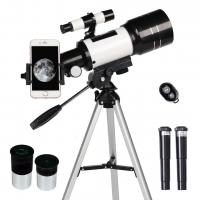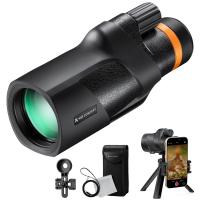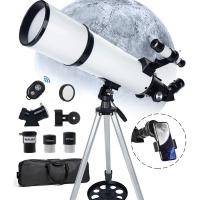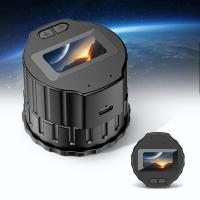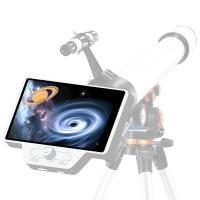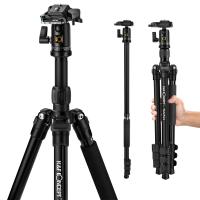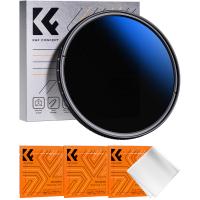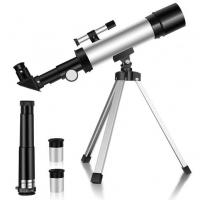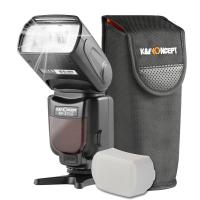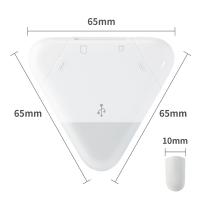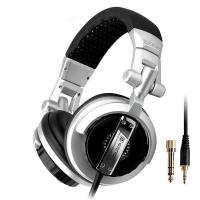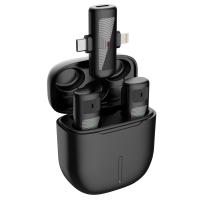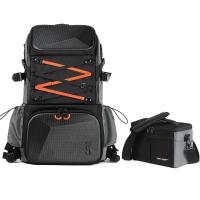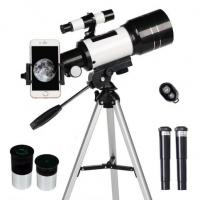Most Powerful Telescope You Can Buy?
When it comes to exploring the cosmos, the power of your telescope can make a significant difference in what you can observe. Whether you're an amateur astronomer or a seasoned stargazer, the quest for the most powerful telescope you can buy is a common pursuit. In this article, we will delve into the various aspects of powerful telescopes, including their features, types, and what to consider when making a purchase. By the end, you should have a clear understanding of what makes a telescope powerful and which models are currently leading the market.
Understanding Telescope Power
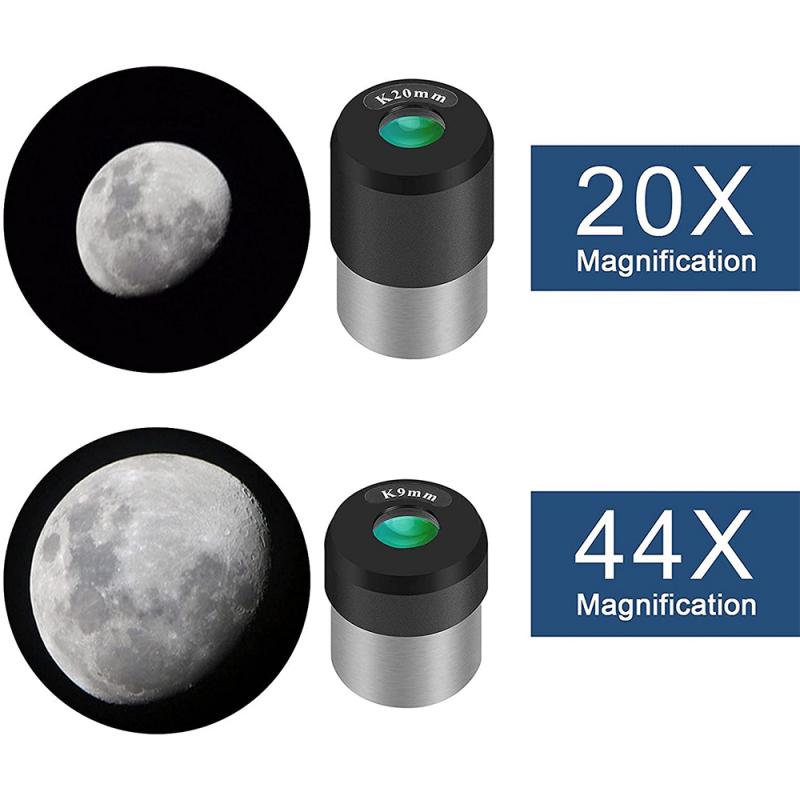
Before diving into specific models, it's essential to understand what makes a telescope powerful. The power of a telescope is generally determined by three main factors: aperture, magnification, and resolution.
1. Aperture: This is the diameter of the telescope's main optical component (the lens or mirror). A larger aperture allows more light to enter the telescope, which is crucial for viewing distant and faint objects. The aperture is often considered the most critical factor in determining a telescope's power.
2. Magnification: While magnification is important, it is not the primary measure of a telescope's power. High magnification can be achieved with almost any telescope by using different eyepieces, but without a large aperture, the image quality will suffer.
3. Resolution: This refers to the telescope's ability to distinguish fine details. Higher resolution allows you to see more detail in celestial objects. Resolution is directly related to the aperture size; larger apertures provide better resolution.
Types of Telescopes
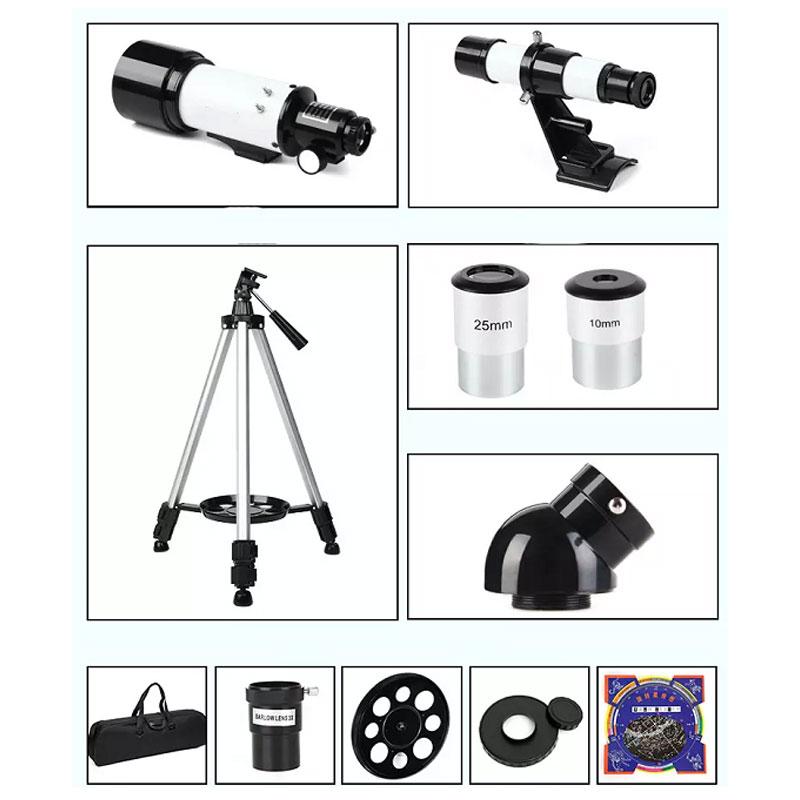
There are three main types of telescopes: refractors, reflectors, and compound (or catadioptric) telescopes. Each type has its advantages and disadvantages, which can affect their power and suitability for different types of observations.
1. Refractor Telescopes: These use lenses to gather and focus light. They are known for their sharp and high-contrast images, making them excellent for viewing planets and the moon. However, large refractors can be expensive and bulky.
2. Reflector Telescopes: These use mirrors instead of lenses. They are generally more affordable than refractors and can offer larger apertures for the same price. Reflectors are excellent for deep-sky observations, such as galaxies and nebulae.
3. Compound Telescopes: These combine lenses and mirrors to offer the best of both worlds. They are compact and versatile, making them suitable for a wide range of observations. However, they can be more expensive than reflectors.
Top Powerful Telescopes on the Market

Now that we have a basic understanding of what makes a telescope powerful, let's look at some of the most powerful telescopes you can buy today.
1. Celestron CPC 1100 StarBright XLT GPS Schmidt-Cassegrain Telescope
- Aperture: 280mm (11 inches)
- Magnification: Up to 660x
- Resolution: 0.42 arcseconds
- Features: This telescope offers a large aperture, excellent resolution, and advanced features like GPS alignment and StarBright XLT coatings for enhanced light transmission. It's ideal for both deep-sky and planetary observations.
2. Meade Instruments 16-inch LX200-ACF Advanced Coma-Free Telescope
- Aperture: 406mm (16 inches)
- Magnification: Up to 800x
- Resolution: 0.28 arcseconds
- Features: With one of the largest apertures available for consumer telescopes, this model provides exceptional light-gathering capabilities and resolution. It's perfect for serious astronomers who want to explore faint deep-sky objects.
3. Sky-Watcher ProED 120mm Doublet APO Refractor Telescope
- Aperture: 120mm (4.7 inches)
- Magnification: Up to 240x
- Resolution: 0.97 arcseconds
- Features: This refractor telescope offers high-quality optics with extra-low dispersion glass for sharp and clear images. It's excellent for planetary and lunar observations.
4. Orion SkyQuest XX16g GoTo Truss Tube Dobsonian Telescope
- Aperture: 406mm (16 inches)
- Magnification: Up to 800x
- Resolution: 0.28 arcseconds
- Features: This Dobsonian telescope combines a large aperture with a GoTo system for easy object location. It's great for deep-sky observations and offers excellent value for its size.
Factors to Consider When Buying a Powerful Telescope

When choosing a powerful telescope, there are several factors to consider beyond just the specifications.
1. Budget: Powerful telescopes can be expensive, so it's essential to set a budget and find a model that offers the best value for your money.
2. Portability: Larger telescopes can be heavy and cumbersome to transport. Consider how and where you will use the telescope and whether you need a portable model.
3. Ease of Use: Advanced features like GoTo systems and computerized mounts can make it easier to locate and track objects, especially for beginners.
4. Maintenance: Reflector telescopes require regular maintenance, such as collimation (aligning the mirrors). Refractors and compound telescopes generally require less maintenance.
5. Purpose: Consider what you want to observe. If you're interested in deep-sky objects, a large aperture reflector or compound telescope is ideal. For planetary and lunar observations, a high-quality refractor may be better.
The quest for the most powerful telescope you can buy is an exciting journey that can lead to incredible discoveries and a deeper appreciation of the universe. By understanding the key factors that contribute to a telescope's power and considering your specific needs and budget, you can find the perfect telescope to enhance your stargazing experience. Whether you choose a high-end model like the Meade 16-inch LX200-ACF or a more affordable option like the Sky-Watcher ProED 120mm, the right telescope will open up a world of celestial wonders for you to explore.



